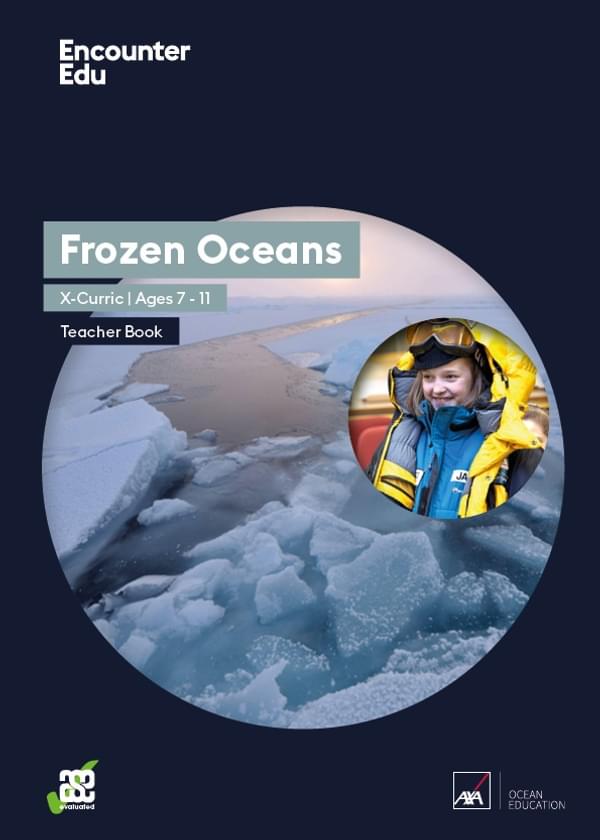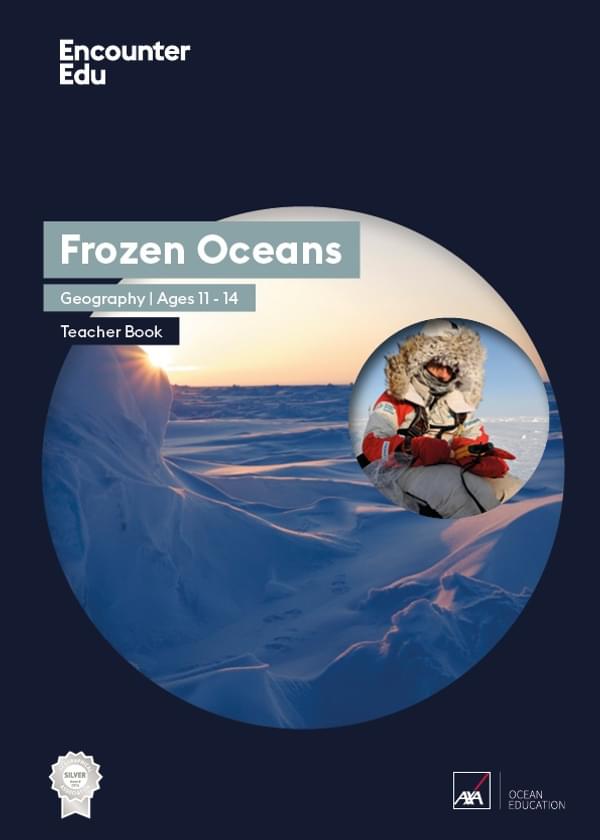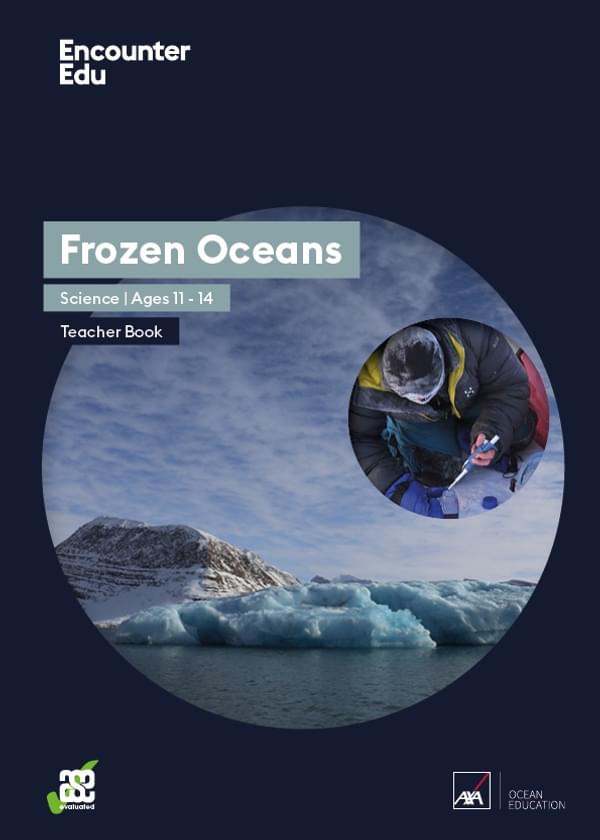Caring for the Arctic

This activity guides classes to take action to care for the Arctic. Caring for the Arctic is a job for all of us. If we reduce our impact on the planet overall, we will be helping this fragile and beautiful part of the world. Classes are asked to write one or more pledges to care for the Arctic on the Arctic animal pledge cards. These pledges can be displayed in class as a reminder to take action.
Ages 7+
(adult supervision)
20 mins
Introduction
This activity is all about caring for the Arctic. There are three student sheets for students to use, which can be downloaded from the What you’ll need tab. Pledges can be shared as part of a class display and a template for creating a polar background is also available.
Activity steps
- If you need to cover some background about the changes taking place in the Arctic, use the Student Sheet Impacts of a warming Arctic, available to download or in the Find out more tab.
- Then, look at the Student Sheet Take action for the Arctic. This lists some of the broad areas of action that will help the Arctic, and specific pledge ideas.
- Working alone on in groups, students should choose one or more pledges that they would like to make to care for the Arctic.
- Students should then cut out one of the Arctic animal pledge cards from the Student Sheet Arctic pledge cards and write their pledge on this. Some students might prefer to cut around the oval outline, while others may prefer to cut the exact shape of the Arctic animal.
- Pledges can be shared using a plenary discussion or using a class display using the template supplied in Student Sheet Arctic class display.
Safety guidance
- Cutting with scissors should be done using child-friendly scissors and under adult supervision.

Cross-curricular | Ages 7-11
Frozen Oceans
Based on journeys undertaken by real explorers and scientists, the Frozen Oceans (Primary) education programme is designed to introduce students to what life is like in the High Arctic.

Geography | Ages 11-14
Frozen Oceans
The Frozen Oceans Geography resources are designed to take 11-14 year-olds on a journey to the Arctic following the expedition team of the Catlin Arctic Survey.

